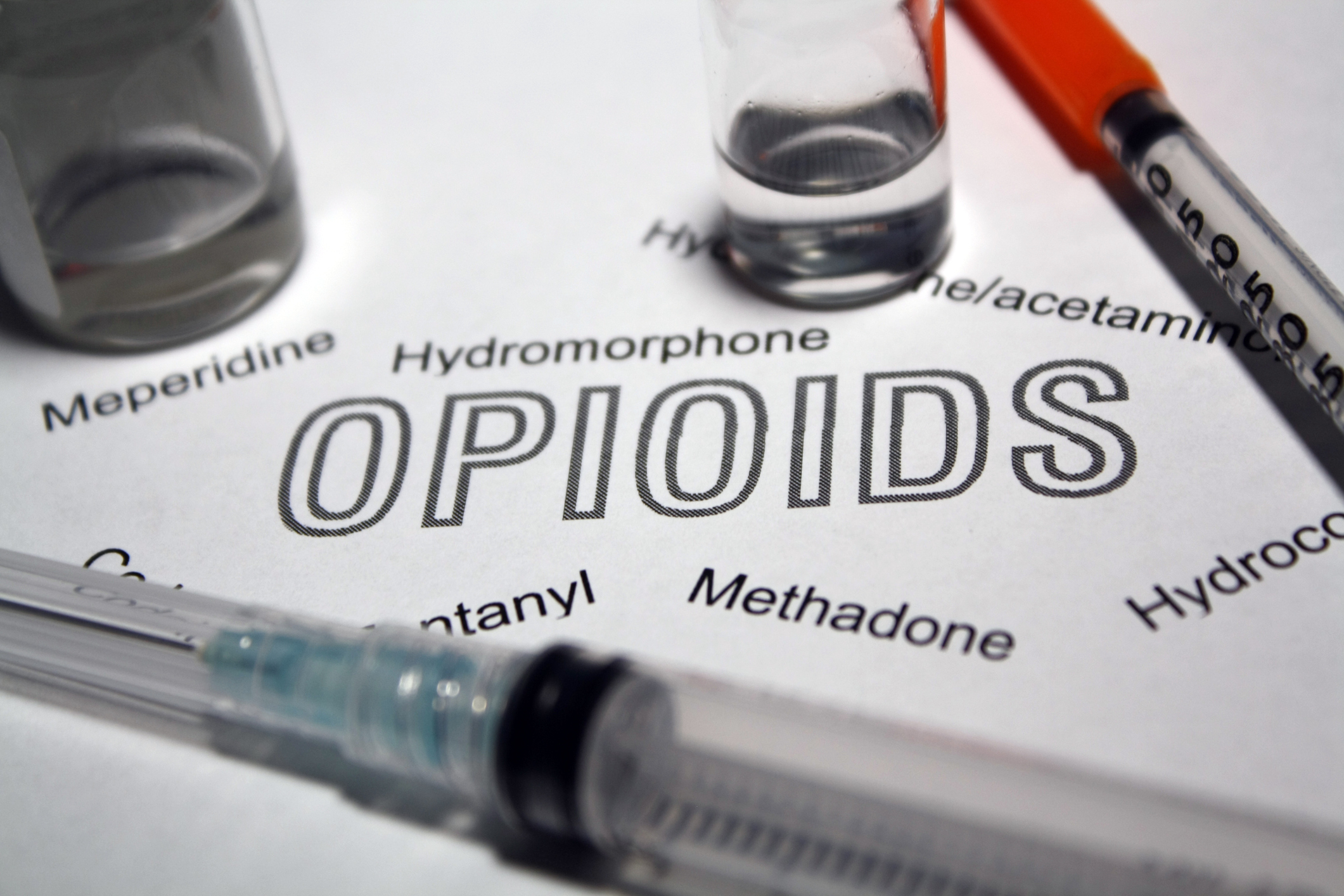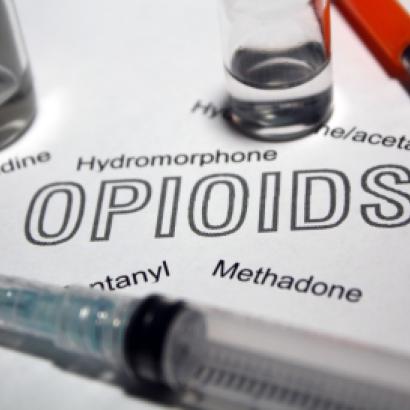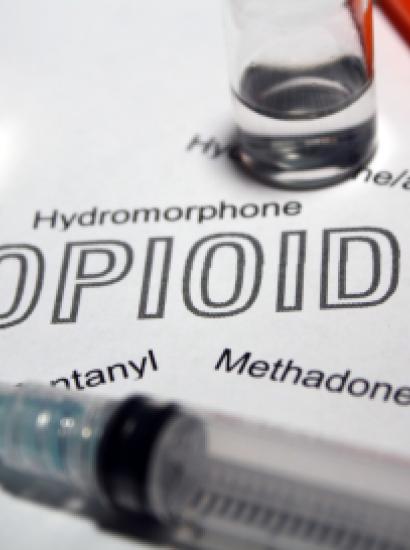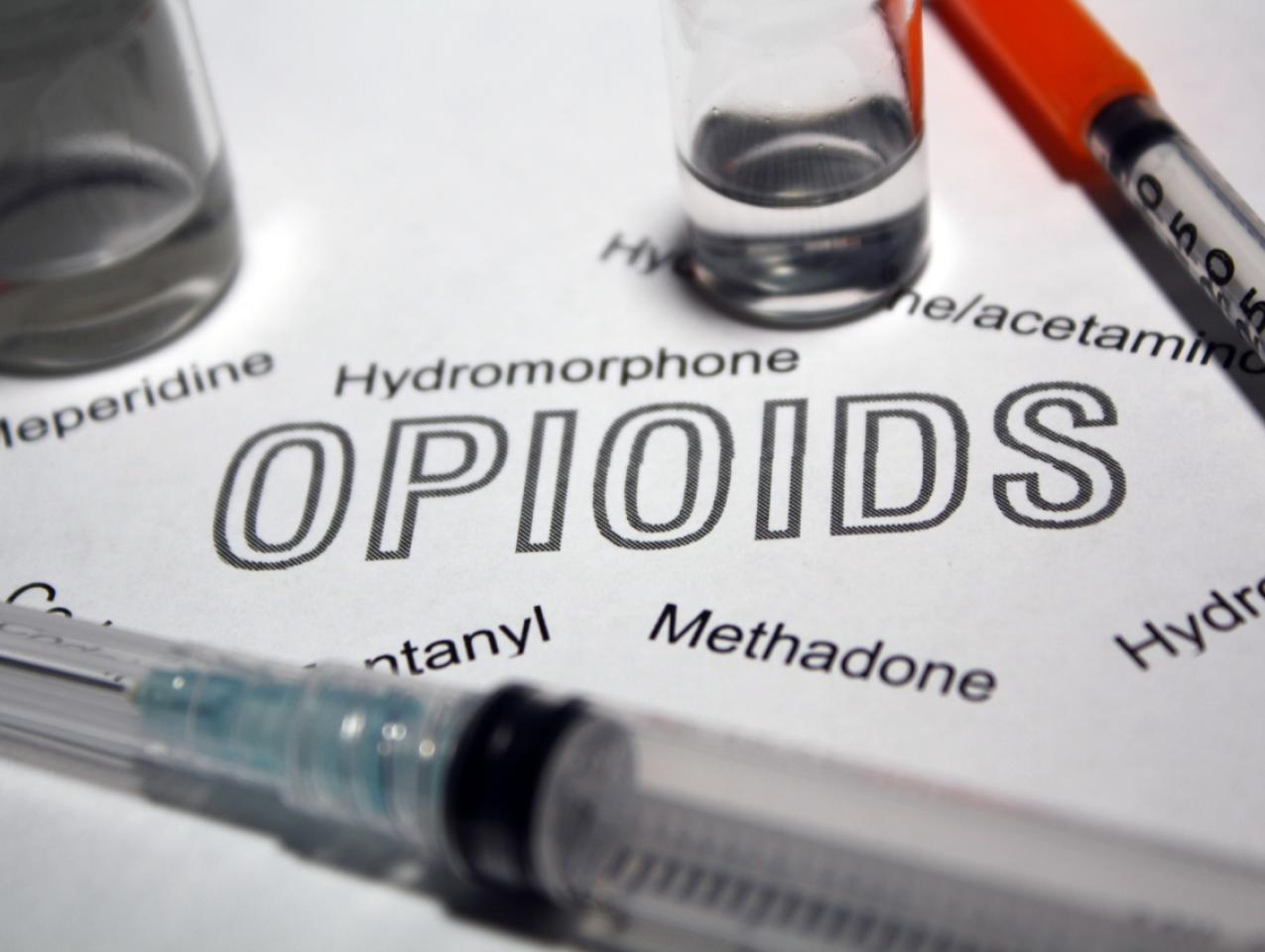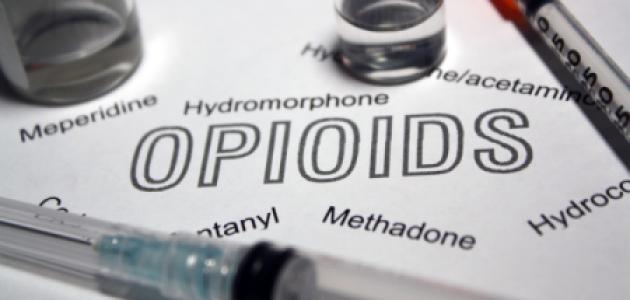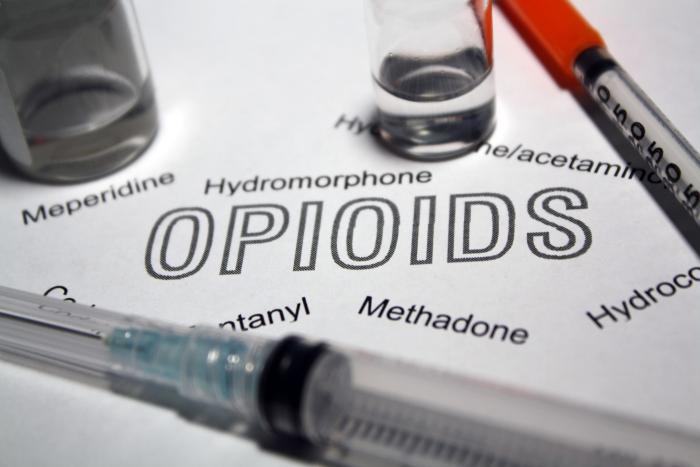In Harrington v. Purdue Pharma, the United States Supreme Court by a 5–4 vote rejected a final settlement in bankruptcy that sought to provide some $11 billion over ten years to provide immediate benefits to persons and institutions ravaged by the opioid crisis. The list of recipients to date includes about 1,200 cities, counties, and other local governments, as well as some 60,000 individuals who have been adversely affected by the opioid epidemic claiming damages from $3,500 to $48,000. The case concerned the debtor, Purdue Pharma LP, but the root of the protracted proceedings is the release of claims against the Sackler family, technically third parties to the proposed reorganization of Purdue.
During these agonized negotiations, no one doubted that the bankruptcy court was the appropriate forum in which to consolidate the multiple claims against Purdue and the Sacklers. But there was an ongoing donnybrook over how much money should come from the Sacklers, who owned Purdue, from which they had over the years taken approximately $11 billion, leaving the company in a compromised financial condition. To buy peace, the family was prepared to return some $6 billion into the bankruptcy settlement, with this catch: their contributions were all that could ever be demanded from the Sacklers for the payment of both present and future claims. Needless to say, with such diverse constituencies, there was a protracted struggle as to whether the proverbial bird in the hand was worth two in the bush. And as time wore on, more weary individuals and institutions were prepared to take the deal, even knowing that it let the Sacklers retain large sums of money in complex foreign trusts outside the reach of American creditors. The United States was adamant that the settlements were insufficient, which is why its trustee William K. Harrington sued to set them aside.
In a sign of the intrinsic difficulty of the case, the five-member majority consisted of Justice Gorsuch, writing for himself and Justices Thomas, Alito, Barrett, and Jackson, against four dissenting: Justice Kavanaugh, writing for himself and Justices Roberts, Sotomayor, and Kagan. The two groups split over both the legal and the practical issues. The Gorsuch bloc thought that the settlement fell outside the power of the bankruptcy court, which had approved as a legal matter a settlement that practically kept too much money outside the deal. The dissent disagreed on both issues. My vote is with the dissent on both points.
The key legal stumbling block was whether the settlement against Purdue could also reach some, but not all, of the Sacklers’ assets. The statutory issue turned on the correct reading of 11 U.S.C. §1123(b)(6) of the Bankruptcy Code, a catchall provision to Section 1123(b), whose first five provisions allow a bankruptcy plan to make adjustments in the positions of the creditors and the assets of the debtor to fine-tune the overall system. The experienced professionals who drafted the last clause used language that only a casuist could love, when they say, “a plan may . . . include any other appropriate provision not inconsistent with the applicable provisions of this title.” This provision precludes inappropriate arrangements inconsistent with the basic plan, which may be useful in other cases, but is hardly informative here. Nor is it possible to disparage terms like “appropriate” or inconsistent,” because master lawyers for generations have been unable to avoid such terms in drafting. A prime example is Section 5 of the Fourteenth Amendment, which couches the ability of Congress to enforce the provisions of the amendment “by appropriate legislation.”
So, the question becomes how to make the best of a bad linguistic situation. The bone of contention is whether paragraph (6) must be confined to adjustments of the debtor’s position or is broad enough to bring the Sacklers in on limited basis. To make his case, Justice Gorsuch invokes the ancient canon of ejusdem generis—matters of the same kind—such that where paragraph (6) comes after five clauses concerning the position of the debtor, it “cannot be fairly read to endow a bankruptcy court with the ‘radically different’ power to discharge the debts of a nondebtor without the consent of affected nondebtor claimants.”
In so doing, Gorsuch cites Antonin Scalia’s and Bryan Garner’s Reading Law. But its sketchy treatment of the canon does not clinch the case. As Kavanagh responded, Scalia and Garner were worried about adding lists. Thus, Kavanaugh worries how that canon of construction works for lists “as in dogs, cats, horses, cattle, and other animals,” which may or may not, depending on context, include either chickens or alligators, or neither.
To my mind, the more sensible reading ignores ejusdem generis to instead ask whether the words “any other appropriate provision not inconsistent with the applicable provisions of this title” covers activities that make bankruptcy more effective, so that in this instance it would cover those claims against third parties that deal with the same subject matter as the parties before the bankruptcy, but not unrelated claims against the Sacklers. In this case, the answer is clear: the claims against the Sacklers and Purdue are inseparable.
There is one further point in this case, which is how to look at the bankruptcy court that endorsed including the Sacklers. Since this is a pure question of law, it is certainly permissible to ignore what was done below. But why? This is not a situation where, as in Loper Bright Enterprises v. Raimondo, an appellate court is asked to defer to the opinion of an agency, which of course may be driven more by politics than by expertise. But bankruptcy judges are a different kettle of fish: they are appointed by existing federal judges and oversee a single, complex statutory scheme. If, as the Sacklers claim, settlements like this have been done before, then it behooves a court to take into account uniform past practice in construing the statute.
Consideration of the bankruptcy court’s views is particularly appropriate given the facts of this case. Why? Consider the state of play with the various claims bundled into the bankruptcy courts. Start with the individual claims, where it is far from certain that any one of them could prevail if brought as individual lawsuits, given the wide range of circumstances that have led to opioid deaths. The first element of a claim is to show that the Sacklers supplied the OxyContin later turned into fentanyl. But much of this drug has been available from other sources, given that it is easy to synthesize and to incorporate in various drugs sold on the street. Those claims all lose in tort litigation. Next, there are claims where some third party converted OxyContin into fentanyl, say, at which point Purdue Pharma is off the hook because it did not make the deadly substance; some downstream operative did. It is quite clear in virtually all these cases that the party who took the drug for recreational use knew of the risks associated with uses that had no medical purposes whatsoever. So, the defense of assumption of risk looks impregnable as well.
At this point, the low damage payments take on a different coloration, as do the charges against the Sacklers. Justice Gorsuch notes that a Purdue affiliate pleaded guilty to the federal felony of misbranding drugs. But there is no linkage whatsoever between those activities and the harms observed in these individual cases. Criminal deterrence is a vital part of any scheme for controlling dangerous drugs, but proof of criminal liability does not establish any form of civil liability. The same can be said about the Sacklers’ overconfidence in the ability of OxyContin’s time-release formula to block misuse by downstream actors. None of these issues is related to any of the individual losses.
The situation is the same with respect to the various claims by institutions that claim funds for their various programs. But what is the legal source of their claim? If they have decided on their own volition to aid opioid victims, that money should come from public funds, because it is against principle that they can impose liability on any third party by deciding to give aid to persons in distress. They are, of course, entitled to reimbursement for these costs from any recovery that these individual claimants have made. But since the individual claims are likely worthless, the derivative claims are worthless as well.
The claimants may think it possible to make a ubiquitous claim of a public nuisance. But this claim should be rejected out of hand, because there is nothing remotely similar to the blocking of a road or the polluting of a river, whereby there is no “unreasonable interference with a right common to the general public.” The situation looks even worse when the proceeds of these suits are folded into general public expenditures, so that it looks like governments are trying to fob off ordinary public expenditures on the drug companies.
Taking these complications to heart, it looks as though the dismissal of the settlement is a loss for the various plaintiffs, who now have to wait for new negotiations with the Sacklers that may never come. The Sacklers may well sit tight if they cannot make a partial peace. The plaintiffs get nothing in the meantime. Justice Gorsuch seems to take some satisfaction from keeping the Sacklers on the hook. He and his supporters on and off the court should ask what is gained by keeping large groups of plaintiffs on tenterhooks when there is no deal in the offing.







